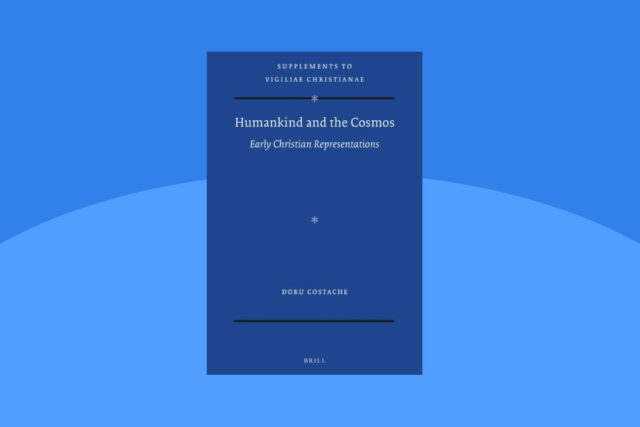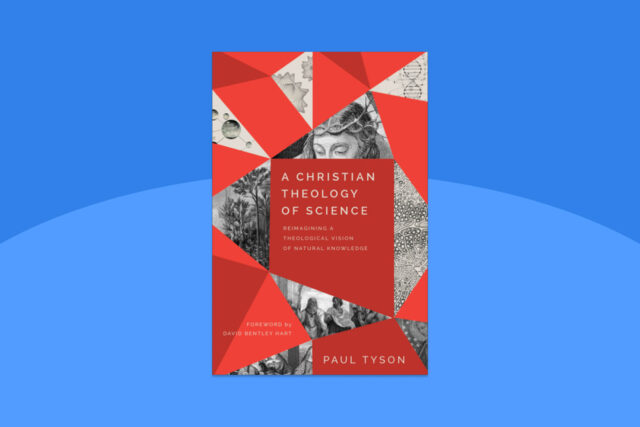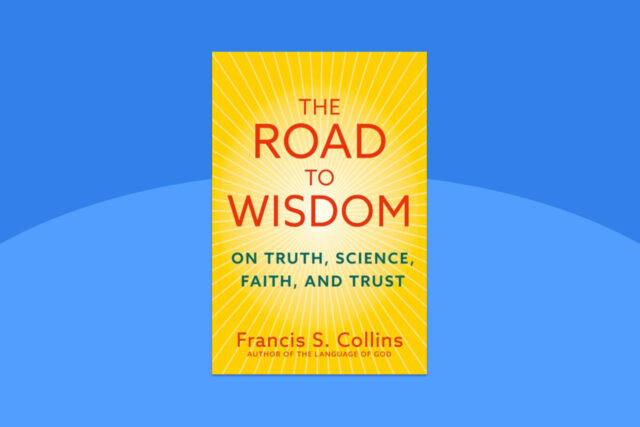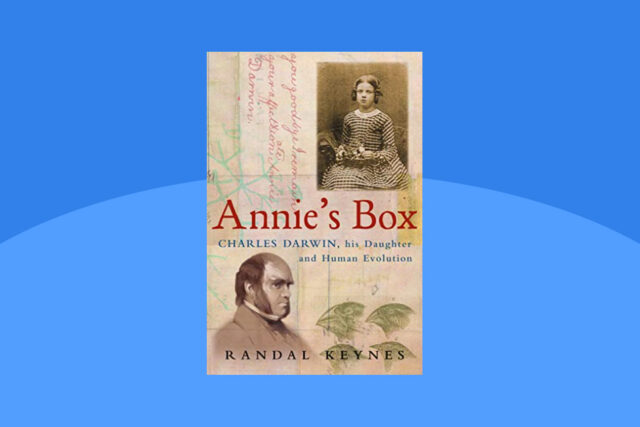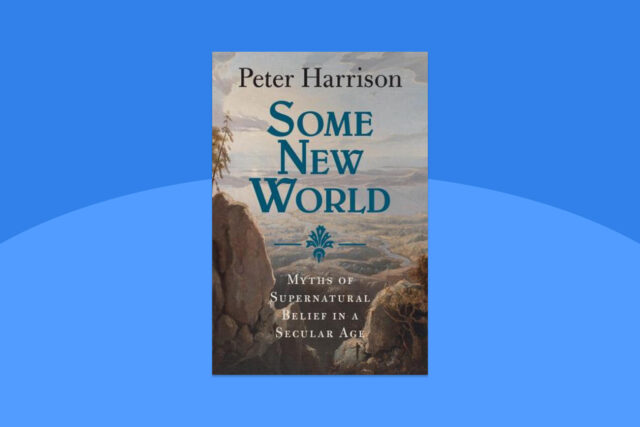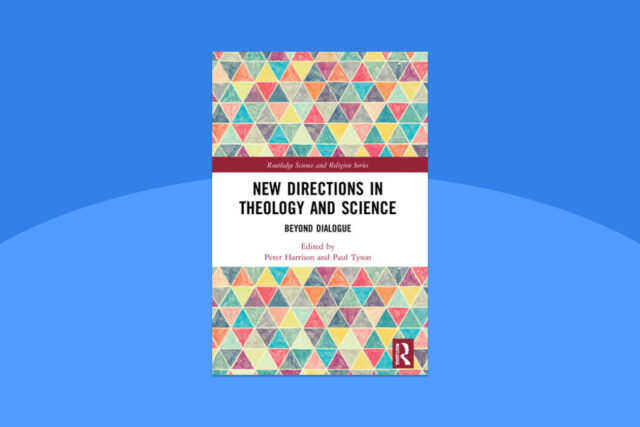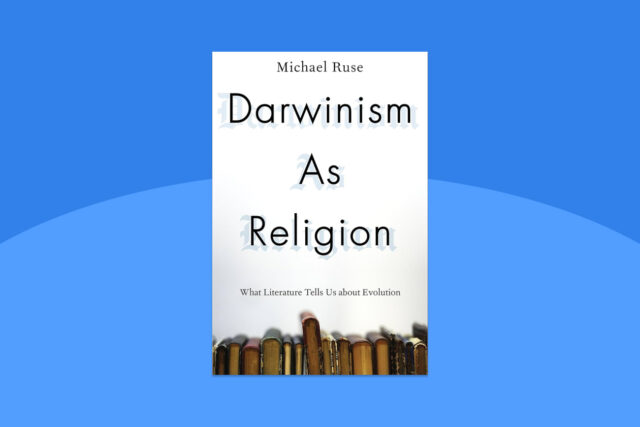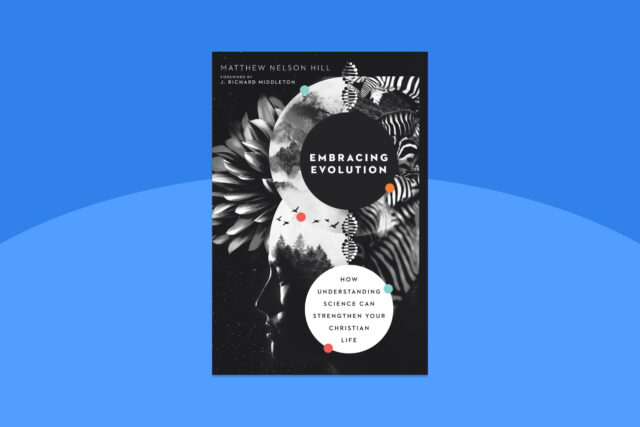
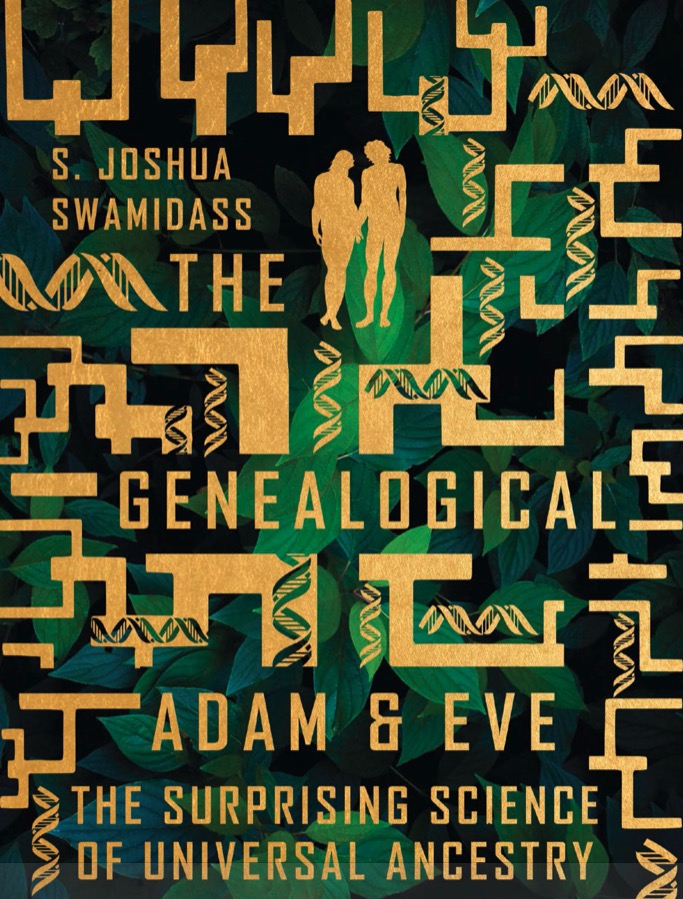

The Genealogical Adam and Eve: The Surprising Science of Universal Ancestry
S. Joshua Swamidass
IVP Academic, 2019
Reviewed by Stephen Collins, who is a fellow of ISCAST and a retired physics lecturer.
Joshua Swamidass is an associate professor in the Division of Laboratory and Genomic Medicine at Washington University in St Louis. Having been raised in a faith environment that accepted the literal creation accounts of Genesis, but also being highly educated about the scientific account of human evolution and the modern understanding of human genetics, he has sought a way for these to be brought into some sort of harmony. There is a pastoral aspect to his quest arising from his experience of the strongly held disparate views, especially amongst Christians in the US, and he seeks to attract the interest of a broad audience. In this book, he advocates a position that holds to both modern science and an historical Adam and Eve.
In common with other writers, Swamidass accepts that the Earth was formed millions of years ago, with humans being descendants of simpler organisms via the process we now call evolution. He refers to these pre-Adam-and-Eve human beings as people “outside the Garden” of Eden. However, there is such a Garden, and within this Garden, God places Adam and Eve, who ultimately fail to follow God’s instructions. He discusses how this might have happened and seeks to explore Adam and Eve’s biological closeness with humans outside the Garden as well as whether those who had descended via evolution could be called “human.”
This biological closeness between Adam and Eve and those outside the Garden means that interbreeding could occur and ensures that there is only one type of human. The book’s proposition is that for the past few thousand years all living people have been descendants of both simpler mammals (as in evolutionary science) and Adam and Eve, with our estrangement from God arising primarily via inheritance from the latter (perhaps like being born into a family whose business is crime!). Swamidass seeks to address the problem of how people residing in places far from the Middle East might somehow be included in this scenario (with Tasmania being given a special mention). He notes that such a proposition is difficult to test genetically because we don’t inherit DNA from all our ancestors.
Swamidass is cognisant that there are many unanswered questions, including what it means to be human and how the notion of “original sin” can be explained, and he offers commentary on such issues. Although mention is made of the “Garden”, how it is placed in relation to the land of the current Middle East is not answered. The book is written with an academic audience in mind but it attempts to explain its major ideas for a broader readership.
This book is certainly interesting, and will no doubt provide much discussion amongst those who believe that Genesis is providing information about how the world was created. On the other hand, if you believe that the Bible was not written to answer questions that we now call “scientific,” with the Genesis narrative being more like a parable (e.g., see Goldingay, “Genesis Part I”), then it’s likely that this won’t change your mind! But, as I’ve noted already, there are many questions in this creation space that remain unanswered, with new questions that necessarily arise from Swamidass’s thesis.
To read further about his book, please refer to his interview here in Christianity Today, January 2020, “What If We Don’t Have to Choose Between Evolution and Adam and Eve?”


